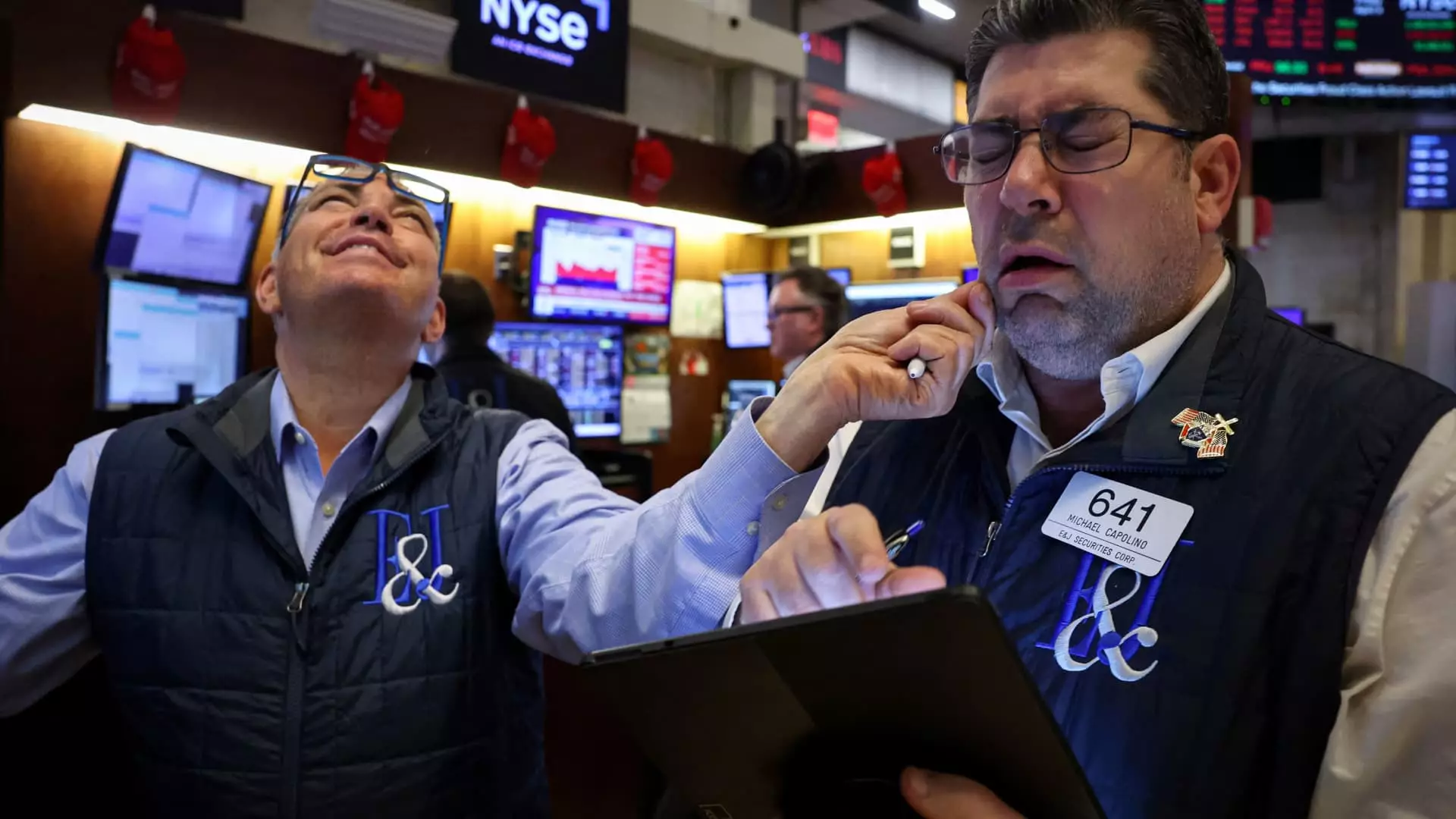In a shocking turn of events, President Donald Trump’s latest tariff proposal has spiraled into a catastrophic economic ordeal that far surpasses any prior fears held by investors and economists. Initially, there were concerns that Trump’s tariffs would primary cause turbulence in the markets and trigger a ripple of inflation; however, the reality of the situation has proven to be much graver. Amidst this escalating atmosphere, the naive assumption that these tariffs could lead to productive negotiations has dissolved, revealing a shocking landscape of economic, market, and geopolitical chaos.
Trump’s announcement about imposing 10% tariffs on all U.S. trading partners—from the moment it echoed through the Rose Garden—set off alarms across the financial world. The effective tariff rate, which is set to leap from a mere 2.5% to over 20%, may become the highest in over a century, eclipsing even the infamous Smoot-Hawley tariffs. This shift epitomizes a stark embrace of stark protectionism, a move that signals a drastic pivot away from the more progressive norms of open trade that global economies have attempted to cultivate.
The Immediate Economic Fallout
This unprecedented increase in tariffs has sent shockwaves through the markets. The acute response from investors—widespread selling across nearly all sectors—speaks volumes about the underlying panic that has taken hold. Stock prices swiftly plummeted, leaving the once-optimistic Nasdaq Composite teetering on the brink of bear-market territory. It’s hard to understate the gravity of more than $6 trillion lost in market value over a matter of days. The sharp downturn exemplifies how deeply intertwined our global economy has become; a protectionist measure from the U.S. sends ripples around the world, causing unanticipated repercussions for other nations.
The tangible economic costs of these tariffs are now becoming clearer. While Trump has claimed this aggressive strategy will pry open foreign markets, it instead risks alienating critical trading partners like China and the European Union, who are actively considering retaliatory measures. For an administration that has promised to reshape American trade relationships, the current trajectory appears not only reckless but self-defeating.
Ill-Calculated Policies
What is deeply troubling is the sheer recklessness displayed by the administration in the calculation of these tariffs. The method employed—simply dividing the trade deficit with countries against total U.S. exports—barely scratches the surface of effective economic strategy. A flawed formula that punishes high-deficit partners rather than targeting those with genuinely restrictive trade practices is not only shortsighted but demonstrates a fundamental misunderstanding of international commerce.
Critics, including economists from reputable institutions such as the Center for Strategic and International Studies, have rightly condemned the administration’s approach. To assert that such crude measures could yield a fair and balanced outcome is absurd. It reeks of desperation, and shows a government eager to wage economic warfare without regard for the fallout on American consumers and businesses alike.
The Political Pandora’s Box
The ramifications extend far beyond immediate market reactions. Trump’s isolationist policies are sowing discord not only at home but on the global stage. Adversarial relations with Canada and Mexico—likely to complicate the ongoing USMCA negotiations—illustrate a dangerous alienation of our allies. Trade is the lifeblood of economic health; the failure to maintain sound relationships can lead to long-term detriment, be it in the form of stratospheric prices for consumers or dwindling access to essential goods.
While Trump’s die-hard supporters may view this as a display of strength, the reality is that this steadfast commitment to outdated policies may end up boring a deeper chasm between the U.S. and the global community. When countries retaliate, America risks plunging into a trade war that could echo the errors of the past, which contributed to the devastation of the Great Depression.
The Path Forward: A Need for Rational Discourse
As the administration clings to this path of maximalist protectionism, it’s evident that we stand at a critical crossroads. The economic landscape is cluttered with uncertainty, and stagnant growth looms large. Market analysts and investors seek reassurance, but their hopes of a swift recovery are dashed as long as the administration remains inflexible.
The urgent need for a dialogue that promotes free trade versus hostility cannot be understated. If we wish to avoid falling deeper into economic chaos, moving forward requires a shift towards rational policymaking that prioritizes relationships over isolation. The world is watching closely, and the longer we remain obstinate, the further away we drift from a balanced economic future that benefits all parties involved.

